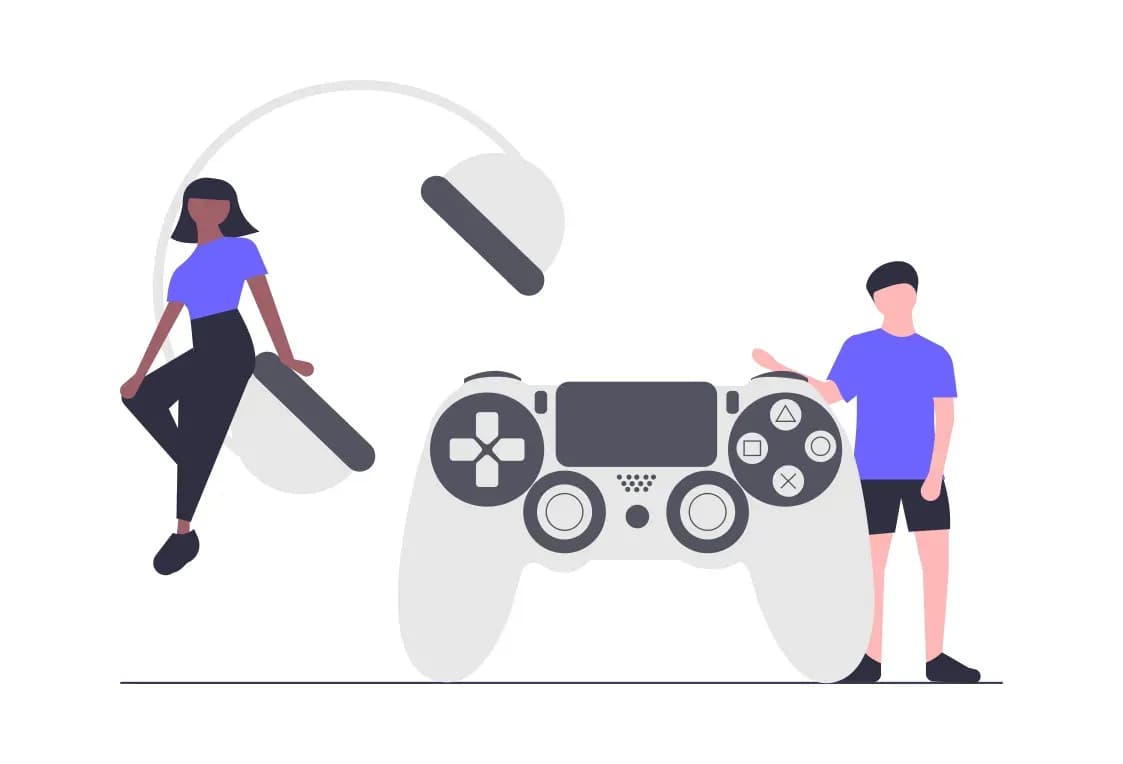In the age of fleeting attention spans and digital distractions, brands vie for the elusive customer engagement, often seeking inventive ways to capture and sustain interest. Enter gamification — a blend of gameplay elements and business strategies — to breathe life into customer experiences. Today, we delve into how game engines like Unity, Unreal, Godot, and PixiJS, coupled with AR/VR technologies, are revolutionizing B2C engagement, and how consumer psychology underpins this transformation.

The Power of Play: A Historical Context
Humans are wired to play. From ancient civilizations’ board games to today’s digital gaming escapades, our fascination with playful challenges has always been evident. Gamification harnesses this intrinsic love for competition, achievement, and rewards, applying it outside the traditional gaming arena. For businesses, gamification presents a golden opportunity to make their B2C interactions memorable and engaging.
Game Engines: Crafting Immersive Experiences
The success of any gamified strategy rests largely on the platform it’s built upon. Game engines like Unity and Unreal have taken the forefront in creating realistic simulations, thanks to their advanced physics engines and graphics capabilities. Whether it’s a virtual store tour or a loyalty program designed as an adventure quest, these engines offer unparalleled immersion.
Godot’s open-source nature caters to brands that seek customization without the hefty licensing fees, while PixiJS, with its prowess in 2D web animations, is perfect for lighter, browser-based gamified campaigns. The choice of engine often depends on the depth of interaction a brand desires and the platforms they target.
AR/VR: Breaching Reality’s Boundaries
Augmented and Virtual Reality push the boundaries of traditional gamification. Imagine trying on clothes in a virtual store, complete with avatars mirroring your physique, or an AR-driven treasure hunt in a physical store with virtual rewards. Such experiences aren’t distant dreams; technologies like ARKit, ARCore, and VR platforms are making them a reality. By overlaying digital elements in the real world or diving deep into virtual realms, AR/VR amplifies the emotional connection, making brand interactions truly extraordinary. Web3 together with this technology will change a lot regarding digital ownership and branding in the future, but today, not all might see that coming yet.
The Heart of the Game: Consumer Psychology
Behind every gamified experience is a deep understanding of consumer psychology. The thrill of collecting loyalty points or unlocking rewards taps into the psychological principles of positive reinforcement. Challenges and leaderboards stoke the competitive fire, driving users to engage more, share more, and ultimately buy more.
Brands often use scarcity tactics — like limited-time rewards — to create urgency, a classic consumer behavior trigger. Personalized challenges based on a user’s past behavior can make them feel seen and valued, further cementing brand loyalty.
However, successful gamification is a careful balance. Too much complexity can deter users, while oversimplifying might not provide enough engagement. This is where consumer behavior research becomes indispensable. By understanding what truly resonates with their audience, brands can design experiences that are compelling, not coercive.
Charting the Path Forward
The gamification journey for B2C brands is not about transient gimmicks but about fostering genuine, long-term relationships. By leveraging the latest in game engines and AR/VR tech, and grounding strategies in consumer psychology, brands can create experiences that are not only enjoyable but also drive core business objectives.
There are many marketing companies offering gamification, minigames, and various other different plugins, but for long-term play, it doesn’t work that way. It’s not just about the game, it’s about how it is all executed as a whole and integrated into people’s everyday processes combined with related brand image and market fit.
In this playful dance of tech and psychology, brands have the chance to rewrite their B2C narratives, making them not just about transactions, but shared adventures and stories. After all, in the world of business, as in games, the best experiences are those that are memorable, shared, and eagerly revisited.
More food for thought https://www.psychologyofgames.com/.
Popular game engines (yes I can very likely help you with any of these)
Unity Unreal PixiJS Phaser Defold LÖVE Cocos Open 3D (Amazon Lumberyard) GameMaker
Game backends
Unity Gaming Services Firebase PlayFab Beamable — a new player in town
Other useful tools
Blender Rive Meshy Rokoko actorcore
This article originally appeared on my Medium. You can also read all of my articles here on my web.